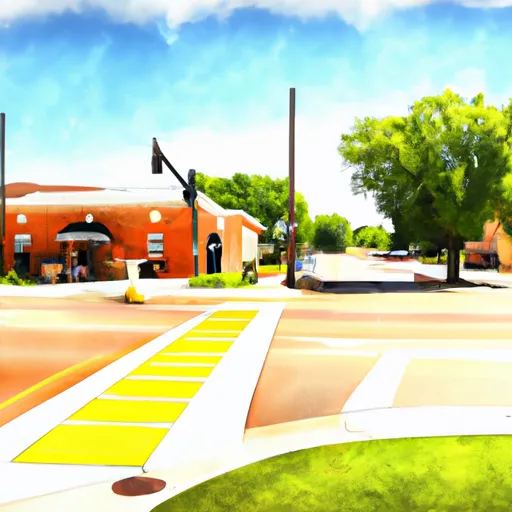°F
°F
mph
Windspeed
%
Humidity











Aubrey, Texas is a small town located in Denton County with a population of just over 3,000 people. The town experiences a humid subtropical climate with hot summers and mild winters. With its location near the Trinity River, the hydrology constituents of the area include several creeks and ponds. Aubrey also has access to outdoor recreation opportunities such as hiking and biking trails, parks, and fishing spots. Some popular areas include the Greenbelt Corridor Park, Ray Roberts Lake State Park, and Lake Lewisville. Overall, Aubrey offers a small-town feel with plenty of opportunities to enjoy the outdoors.
Weather Forecast
Aubrey receives approximately 1006mm of rain per year, with humidity levels near 87% and air temperatures averaging around 18°C. Aubrey has a plant hardyness factor of 8, meaning plants and agriculture in this region tend to thrive here all year round.
Regional Streamflow Levels
4
Cubic Feet Per Second
1
Cubic Feet Per Second
1,020
Cubic Feet Per Second
6
Cubic Feet Per Second
Nearby Camping
| Camping Area | Reservations | Toilets | Showers |
|---|---|---|---|
| Juniper Point - Lake Texoma | |||
| Walnut Creek Resort | |||
| Sheppard AFB Military - Lake Texoma | |||
| Johnson Branch - Roberts Lake State Park | |||
| Brier Creek - Lake Texoma | |||
| Isle du Bois - Roberts Lake State Park |



